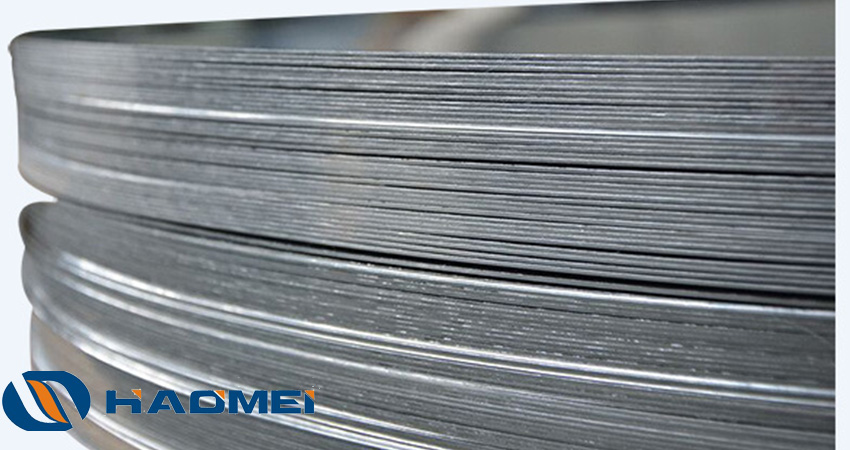Aluminum Round Sheet Surface Treatment Methods (One)
September 26, 2018
Surface treatment methods for aluminum round sheets mainly include anodizing, electroplating, infiltration, surface spraying, blast working and vacuum spraying.
Anodizing is to take advantage of the electrolysis principle of direct and alternating currents and get a layer of oxide film on the surface of a piece of aluminum circle sheet, making the sheet obtain stronger corrosion resistance and more attractive appearance.

Electroplating refers to the process of producing a solid cladding material attached stably on the surface of aluminum wafers by taking the wafers as the cathode while the material forming the cladding film as the anode. Both wafers and the material are placed in the bath with plating solution, and then the direct current or alternating direct current passes the solution, making the film forming material get ionized. Ionized material get attached firmly on the circle surface and become a film of the given thickness.
Infiltration is to have aluminum round sheets in an immersion device for eight to ten hours during which dried compressed air is constantly forced into the device and make the pressure in it stable at around 0.4 Mpa. In the process the sheets are first cleaned by oil remover, and then washed by warm water between 25 to 30 degrees for heat preservation. After that, the sheets are placed into the immersion device which are sealed and vacuumed to 0.7 or 0.8 MPa. The temperature in the device should be kept at about 65 degrees, and then the prepared sizing is injected into the device for infiltration. Finally, infiltrated circles are taken out and dried.


 Nydia
Nydia
 Sales Manager
Sales Manager